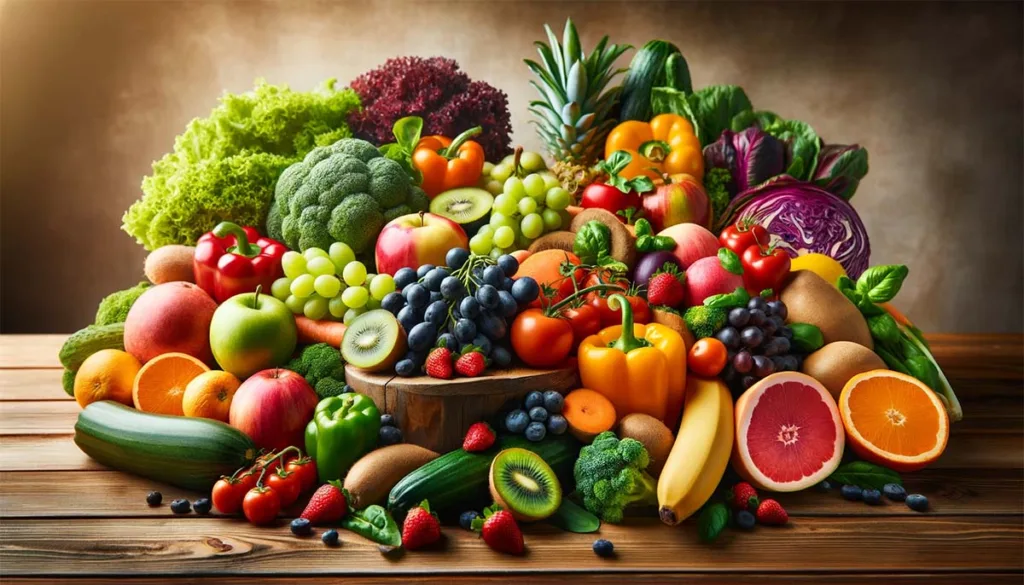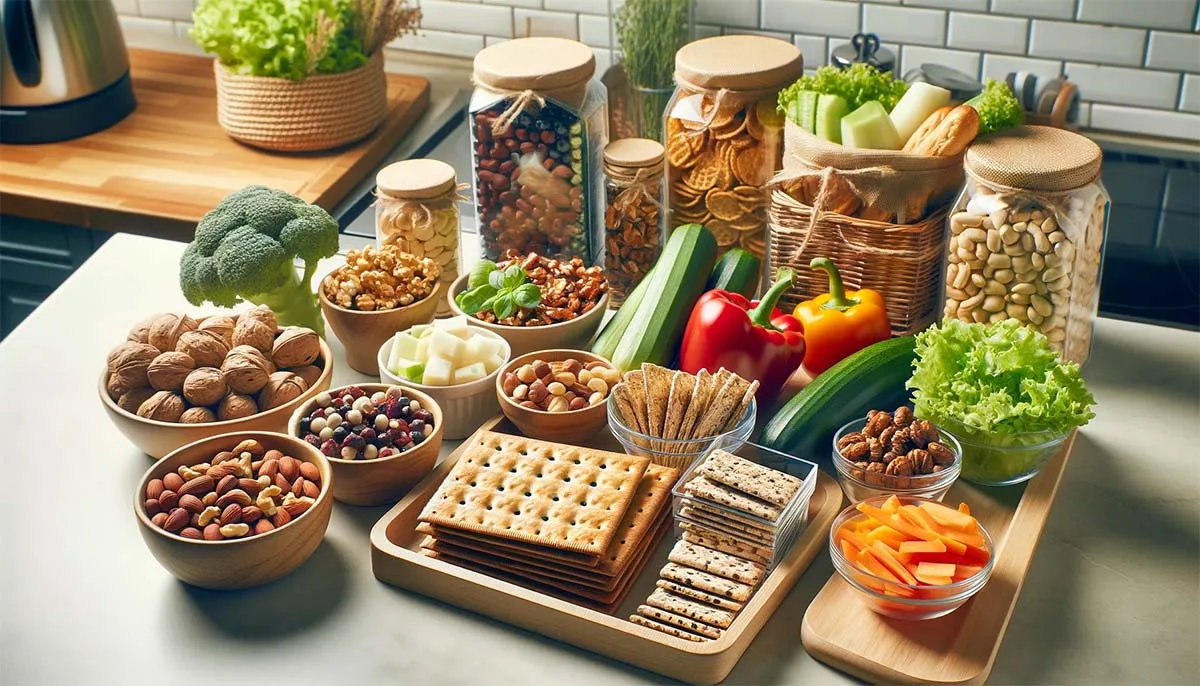In today’s fast-paced world, eating healthy without spending hours in the kitchen is a common challenge. Many struggle to balance nourishing their bodies and managing their bustling schedules. This article delves into practical ways to maintain a nutritious diet without the need for elaborate cooking, offering insights for those who are always on the go but still want to prioritize their health.
- Understanding Healthy Eating Basics
- The Benefits of Eating Healthy Without Cooking
- Pre-Packaged Healthy Options
- The Role of Fresh Produce
- Healthy Eating with Cold Preparations
- Leveraging Local and Online Resources
- Planning and Maintaining a No-Cook Healthy Diet
- Conclusion
- Frequently Asked Questions (FAQ'S)
- Understanding Healthy Eating Basics
- The Benefits of Eating Healthy Without Cooking
- Pre-Packaged Healthy Options
- The Role of Fresh Produce
- Healthy Eating with Cold Preparations
- Leveraging Local and Online Resources
- Planning and Maintaining a No-Cook Healthy Diet
- Conclusion
- Frequently Asked Questions (FAQ'S)
Understanding Healthy Eating Basics
Healthy eating is not just about choosing the right foods; it’s about understanding the nutrients your body needs. A balanced diet includes a mix of carbohydrates, proteins, fats, vitamins, and minerals. Nutrient-rich foods like fruits, vegetables, lean meats, and whole grains are key. However, a common misconception is that healthy meals always require extensive preparation. Let’s debunk that myth.
A good starting point is to understand what constitutes a balanced meal. It should include a source of protein, healthy fats, and fiber. This combination ensures satiety and provides sustained energy. When cooking is out of the question, knowing which foods naturally contain these nutrients is essential.
The Benefits of Eating Healthy Without Cooking
Opting for no-cook meals can be a real time-saver. Besides being convenient, it promotes weight management and boosts energy levels. Additionally, relying less on cooked meals can reduce your carbon footprint and save money on energy bills.
The convenience factor is a major advantage, especially for those with limited time. Preparing no-cook meals often involves minimal preparation, like washing, chopping, or simply assembling ingredients. This approach to eating can lead to healthier choices, as it encourages the consumption of whole foods over processed options.
Pre-Packaged Healthy Options
When choosing pre-packaged foods, always read the labels. Look for items low in added sugars and high in nutrients. Foods like nuts, whole-grain crackers, and pre-cut veggies are great choices. These options can be both convenient and nutritious.
Understanding labels is crucial. Look for products with short ingredient lists, indicating minimal processing. Avoid items with high sodium levels and artificial additives. Opt for organic and non-GMO options whenever possible to ensure the quality of your food.
The Role of Fresh Produce


Incorporating fresh fruits and vegetables into your diet is crucial. They can be the foundation of many healthy, no-cook meals. Eating them raw ensures you receive the maximum nutritional benefits. Remember, the fresher the produce, the better the nutrients.
Fresh produce not only offers essential vitamins and minerals but also provides antioxidants and phytonutrients that are vital for health. They can easily be incorporated into snacks, salads, or a healthy platter with dips like hummus or guacamole.
Healthy Eating with Cold Preparations
Think beyond traditional meals. Salads, smoothies, and cold soups can be both nutritious and delicious. These cold preparations retain more nutrients than their cooked counterparts and can be refreshing, especially in warmer weather.
A balanced smoothie with fruits, vegetables, a protein source like Greek yogurt or protein powder, and healthy fats such as avocado or nuts can be a complete meal. Salads offer endless variety, combining leafy greens, vegetables, seeds, nuts, and a healthy dressing.
Leveraging Local and Online Resources
Explore your local farmers’ markets for fresh produce. Additionally, online subscription services can provide a steady supply of healthy foods to your doorstep. Remember to check out local salad bars or healthy cafes for more ideas.
These resources can introduce you to new food items and preparation ideas, enhancing your no-cook meal repertoire. They can also offer seasonal and local produce, which is often more flavorful and nutritious.
Planning and Maintaining a No-Cook Healthy Diet
Planning is key. Start by planning your meals for the week. Strike a balanced diet to ensure you get a wide range of nutrients. Remember, sustainable healthy eating habits are built over time.
Investing time in planning can prevent last-minute unhealthy choices. It ensures you have a variety of foods at hand to prepare balanced, no-cook meals. Keeping track of what you eat can also help maintain a nutritious diet and avoid repetitive meal patterns.
Conclusion
Eating healthy without cooking is possible and can be a convenient and enjoyable way to maintain a balanced diet. Embrace the simplicity and nourishment that no-cook meals can offer.
Remember, incorporating these tips into your lifestyle can lead to a healthier, more balanced you without time-consuming meal preparations. This approach to eating healthy is beneficial for your physical health and can contribute to a more sustainable lifestyle and a healthier planet.
Disclaimer: The content in this article, “How to Eat Healthy Without Cooking,” is for informational purposes only. It is not a substitute for professional medical advice. Always consult a healthcare provider for personalized guidance on your health and dietary choices.

